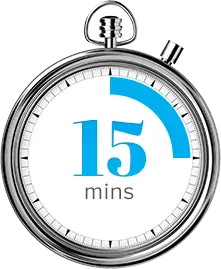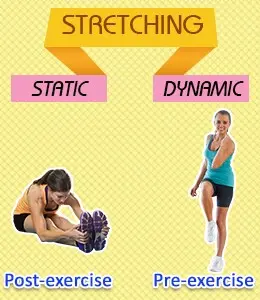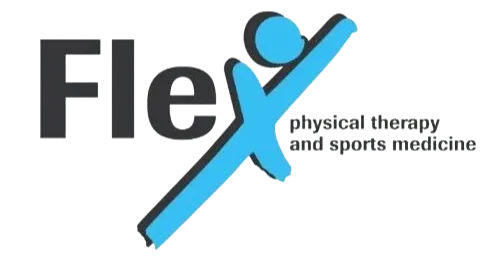Warm Ups Are Not Just For Gym Class
Warming up prior to activity can seem a little daunting and almost unnecessary. Many people think back to high school gym class warm up standing in lines and being lead through what felt like a meaningless group of stretches that doesn’t appear to have any sort of impact. Not to mention, warm ups can be time consuming in a day and age where we as individuals feel rushed and many see it as adequate place to skip a step. But whether you are an Olympic athlete, a high school varsity player, or a weekend warrior, warming up should be an essential part of your routine.

Physiological and Psychological Benefits
First, warming up gives your body the time it needs to change pace and get up to speed. This way if you have been sitting behind a desk all day, it can act as a transition time prior to getting in a good hard work out.
- It has proven to lower injury rates, preventing nagging sprains and strains that pop up because your body was not prepared for the increase in activity.
- It allows your heart rate to increase preparing you for exercise.
- It increases your overall body temperature. (Hence the phrase “warm up”.)
- It increases the muscles elasticity or the muscles ability to be stretched.
- It is a great time to clear your head and focus on the tasks or activity you have planned.
- The more focused you are, the better effort you are going to put in, increasing the overall output of your workout.
How Long Should My Warm Up Be?

For any long and strenuous activity, 10-15 minute warm ups are generally recommended. You should spend 3-5 minutes at the beginning doing a light to moderate activity like walking or jogging to raise your heart rate and generally increase your body temperature. Once you have started a sweat, you can stretch statically or dynamically for 3-5 minutes to make sure your body is prepared for the activity you are about to start. Finally, your warm up should take the last 3-5 minutes doing something sport or activity specifically related to your workout. This could be something like throwing a baseball, shooting some layups, or doing lighter weighted lifts.
The general idea is that a warm up should prepare you for whatever you are planning to do. If you are going to do lighter activity like walking, you may simply start with a slower pace, then stretch, and start walking at your desired pace. In either situation it is just as important.
Cooling Down
Now once your workout is complete, it is just as essential to cool down your body. Take 5-10 minutes post workout to sit and statically stretch your muscles. Not only will this help increase your flexibility but it will also assist in preventing some muscle soreness and allow your muscles time to relax. This time also allows your heart rate to decrease to a normal rate and allows you to switch back to your daily mindset.
Dynamic vs. Static Stretching
Recently many resources have recommended going to more of a dynamic

stretching routine over a static one in the warm up process. Dynamic stretches are done through a repetitive movement and contractions of the muscles. Good examples are lunges, butt kicks, high knees and side shuffles. Static stretching is more passive where the individual sits and holds a position for 15-30 seconds for multiple sets. Where static stretching has been proven to greatly increase flexibility, dynamic stretching is more appropriate prior to athletic activity since it allows the muscles to warm up in a functional way.
In the Sportsmetrics program, we utilize both forms of stretching. The dynamic stretching is directly apart of our warm up prior to the plyometric jumps. Static stretching is a huge aspect of our cool down when we are focusing on trying to increase our patient’s flexibility and range of motion.
Both of these stretches are a critical component of the program. If you have questions about warming up, cooling down, or our Sportsmetrics program call Flex Physical Therapy today at 1-800-930-8803 to talk to our therapists, personal trainers or athletic trainers.


